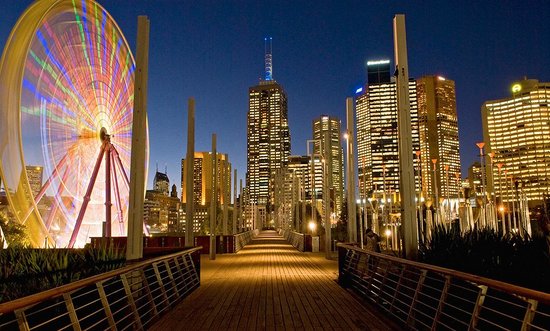Please fill out the details below to receive information on Blue Wealth Events
"*" indicates required fields

Melbourne is Australia’s second largest and fastest growing capital city, with projections indicating that the population of Melbourne is likely to overtake Sydney by 2051. This strong population growth and relative affordability were major drivers for growth in Melbourne’s housing market between 2011 and 2017.
Melbourne’s population growth has been key to its performance. Between 2013 and 2016, on average the city recorded nearly 100,000 new residents per annum. At this rate, Melbourne is set to become the most populous city in Australia by 2051, with eight million people. In the twelve months to June 2017 Melbourne’s population grew by 2.3%, a rate 35% higher than the next best capital city.
One of the unique features of the Melbourne market is the segmented performance of different regions within the city. A large disparity between regional performance has exposed opportunities and hinted at a future growth based on value. Also, differing growth among asset types exposes rare opportunities.
Between 2011 and 2017 the median house price in Melbourne grew by 45%, a rate only rivalled by Sydney. In the early part of this period the south-eastern suburbs of Melbourne dominated this growth, while suburbs in the north and east of Melbourne generally achieved growth between 10% and 30% and many of the suburbs in the south-east achieved growth rates of between 55% and 89%. Between 2015 and 2017 the relative affordability and liveability of the northern and western corridors of Melbourne was recognised and drove a shift in demand, many of these suburbs becoming the top performers for growth between 2015 and 2017.
It hasn’t been the same story for median prices for attached dwellings, which achieved just 21%. The strong growth in the housing market has seen the disparity between house and apartment prices in many suburbs reach decade highs. The strain on housing affordability is likely to result in a shift in demand for more affordable apartment accommodation, similar to what occurred as a result of the geographic segmentation.
Melbourne’s affordability and unrivalled employment growth have spurred the increase in population. Interstate migration figures for 2016-17 indicate that while New South Wales lost 12,000 residents, Victoria gained 17,000 new Australian residents. ABS data suggests that between November 2014 and May 2017 246,400 jobs were created, 118,000 of which were created in the twelve months to May 2017.
Melbourne’s rental market has remained tight largely due to the strong population growth. According to SQM research, as at December 2017 vacancy rates sat at 2.1%, indicating an undersupplied market. Vacancy spikes are common in the December to January period and demand tends to react quickly to the supply, reducing vacancy rates to approximately 1.8%.
The above factors coupled with Melbourne’s rich sporting and café culture have all contributed to its label as the world’s most liveable city for the past seven consecutive years.
Outlook for 2018
While the growth fundamentals remain strong a market correction is unlikely, And Melbourne’s performance is likely to remain diverse. Growth in the south-eastern housing market is likely to be moderate and rather subdued. Many of the suburbs have now reached peak disparity between houses and apartments, exposing an opportunity in the apartment market.
Relatively, housing affordability in the northern and western corridors is not as strained and we are likely to see a continued strong performance in these markets.
Data suggests the Melbourne median house price is typically five years behind Sydney’s, a trend that can be tracked all the way back to 1970. As at September 2017 Sydney’s median house price was $925,000, in contrast with Melbourne’s at $700,000. Melbourne’s continued strong population growth driving demand is likely keep the market buoyant for the medium term. Melbourne is one of our primary markets and we will continue to identify strong opportunities within it.
Opportunities exist for boutique owner-occupier style apartments, which are likely to benefit from the growing disparity between house and apartment prices. High-quality apartment offerings provide residents more affordable alternatives in highly sought-after locations. Apartment accommodation has become very popular for the younger demographic.
